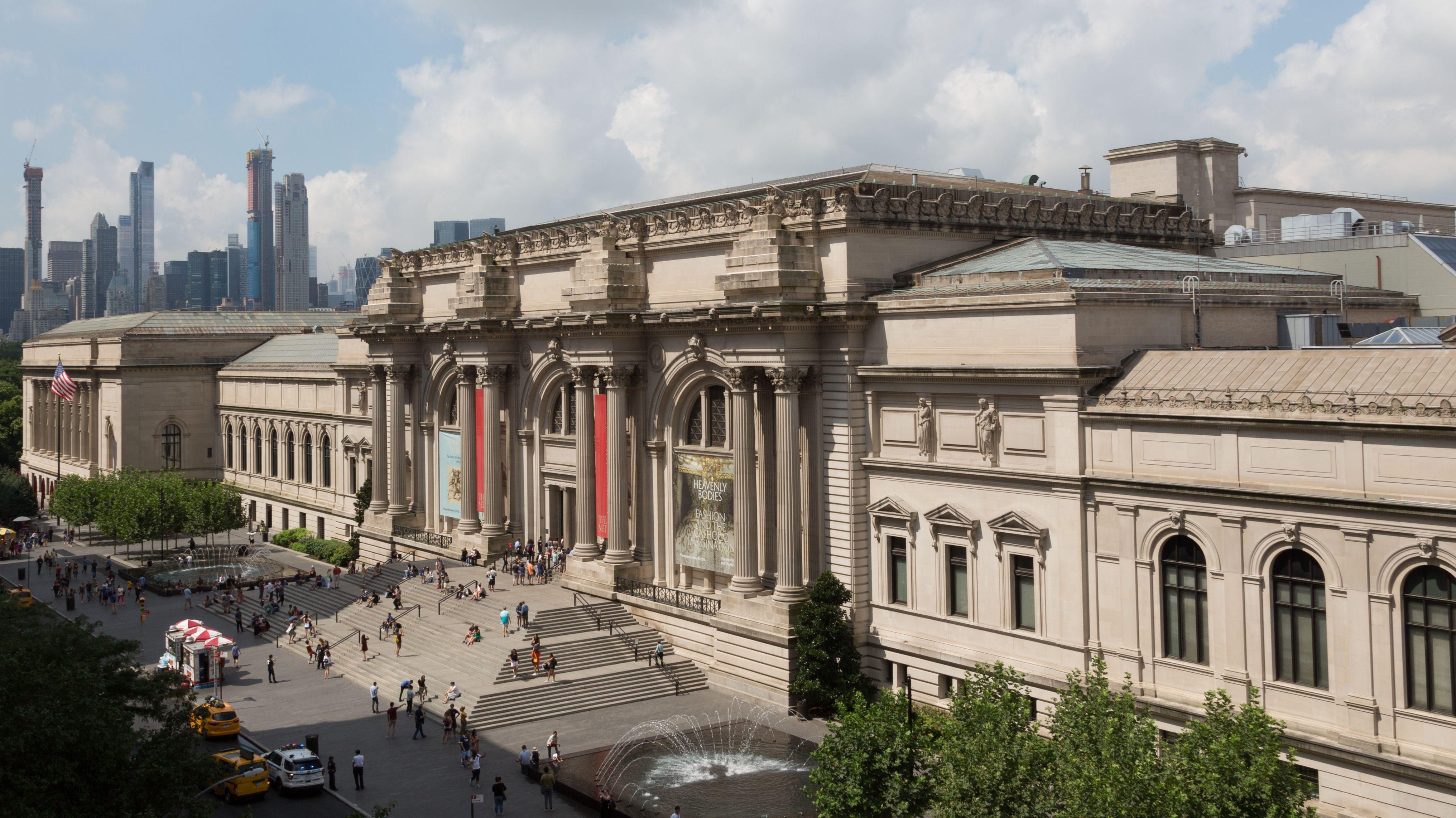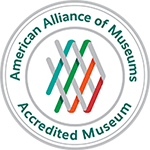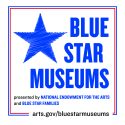The history of the genesis of museums is a fascinating blend of passion for all things handmade and for the beauty and strangeness of nature. This blog will introduce the motivating impulses of education and conservation that began museums and continue to inform museums today.
The Cedarhurst Center for the Arts and the Goldman-Kuenz Sculpture Park are a part of this history. Our institution was shaped by this history and reflects the highest and most current best practices of that history.
It is innate for humans to collect. It’s how we teach ourselves to learn about and live in the world. There is speculation that the earliest known organized manifestation of this innate need may be Neo-Babylonian Princess Ennigaldi’s “museum” from 530 BCE. The site was discovered by Ashmolean archaeologist Leonard Woolley in 1925. Other early candidates are the Capitoline Museums, Rome, 1471; and the Vatican museums, 1506.
I will use these five museums to chart our short history: the Ashmolean Museum, the British Museum, the Louvre, the Prado, and the Metropolitan Museum of Art.

 The Ashmolean Museum, Oxford, England. Contemporary black sculpture Taichi Arch by Ju Ming, 2013. Photo courtesy of Wikipedia and Creative Commons
The Ashmolean Museum, Oxford, England. Contemporary black sculpture Taichi Arch by Ju Ming, 2013. Photo courtesy of Wikipedia and Creative Commons
The Ashmolean Museum may be considered the first public museum. It opened in 1683 on the campus of University of Oxford, England. Founder Elias Ashmole stipulated that his collections (cabinets of curiosity) form the basis for practical research and education. Collection highlights feature archaeological objects and fine art from ancient Egypt, Greek pottery, English silver, paintings by Peter Paul Reubens, Picasso, and John Singer Sargent, and drawings by Michelangelo, Raphael, and Leonardo da Vinci.
.jpg)
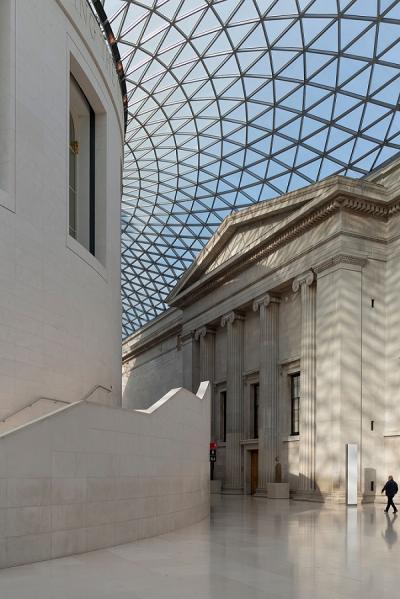 The British Museum, London, is like many museums with its conglomeration of styles and additions. The neoclassical facade marks the entrance. The modern green dome and roof were added in 2000. Significantly, the dome covers the Reading Room, 1857, highlighting the history of the museum beginning as a library. Photo courtesy of Luke Massey and Creative Commons.
The British Museum, London, is like many museums with its conglomeration of styles and additions. The neoclassical facade marks the entrance. The modern green dome and roof were added in 2000. Significantly, the dome covers the Reading Room, 1857, highlighting the history of the museum beginning as a library. Photo courtesy of Luke Massey and Creative Commons.
The British Museum opened in 1759 and could be described as the oldest independent museum in the world. Interestingly, the British Museum for its first fifty years housed no art, but instead books and manuscripts. Early access was restricted to “learned gentlemen.” Access followed royal court protocol and aristocratic etiquette. Not until the 19th century did access become more accommodating to the public. Collection highlights feature the still controversial Elgin marbles (Lord Elgin removed half the Parthenon sculptures in 1801-1811); the Rosetta Stone; a 600-year-old bust of Ooni, leader of the West African Kingdom of Ife; the Aztec turquoise double-headed serpent, 15th century BCE; the Sloane Astrolabe, medieval, c.1300; and the gigantic granite bust of Ramesses the Great, 1250 BCE.

The Louvre, Paris, on the banks of the Seine. I. M. Pei’s landmark glass Pyramid, 1989, marks the museum’s now famous underground entrance. Photo courtesy of Wikimedia Commons and GNU Free Documentation License
The Louvre origin story is the most unique of all museums. Originally, the site next to the Seine River in Paris began as a fortress in 1190. In the 1500s the site was remade as a royal palace. Prior to the French Revolution, which was a ten-year affair from 1789 to 1799, the idea was discussed to turn the Louis XVI palace into a public museum. But it took the Revolution for the Louvre to become a museum. In 1793, the former palace was formally decreed by the new government a public museum. As might be expected, the new museum became a symbol of revolutionary achievement. Collection highlights include the Mona Lisa,1503; the Venus de Milo, c.100 BCE; the Nike of Samothrace, 190 BCE; and the Medici Cycle by Peter Paul Rubens begun in 1622.

 The Prado, Madrid. Designed by architect Juan de Villanueva in 1785, its original residents the National History Cabinet, then the Royal Museum, and finally the Prado. Photo courtesy of Wikipedia, Emilio J. Rodriguez Posada, and Creative Commons.
The Prado, Madrid. Designed by architect Juan de Villanueva in 1785, its original residents the National History Cabinet, then the Royal Museum, and finally the Prado. Photo courtesy of Wikipedia, Emilio J. Rodriguez Posada, and Creative Commons.
The Prado, Museo Nacional del Prado, Madrid opened to the public in 1819. The Prado’s collections began with art from the Habsburg and Bourbon monarchs. The royal holdings were strengthened by the famed artist Diego Velázquez—the court painter of Philip IV (1621–65)—who traveled Italy seeking worthy paintings. The Prado boasts the most complete collections in the world of works by El Greco, Velázquez, and Francisco de Goya. The Prado’s highlights are found in most art history textbooks: The Annunciation by Fra Angélico, 1431-35; The Descent from the Cross by Roger Van der Weyden 1436; Self-portrait by Dürer, 1498; The Garden of Earthly Delights by Bosch 1500-1510; The Cardinal, by Raphael, c.1510; Christ Washing the Disciples’ Feet by Tintoretto, 1547; The Emperor Charles V by Titian, 1548; The Three Graces by Rubens, c.1639; Las Meninas by Velázquez, 1656 (meninas here means young ladies-in-waiting or personal assistants to the queen); and The Third of May 1808 by Goya, 1814.
The Metropolitan Museum of Art, Central Park, Manhattan. The majestic Fifth Avenue entrance by Richard Morris Hunt. Famous for many landmark buildings, and as Cedarhurst Book Club members know, Hunt also designed the Biltmore House for George and Edith Vanderbilt. Photo courtesy of Wikipedia, Arad, and Creative Commons.
The Metropolitan Museum of Art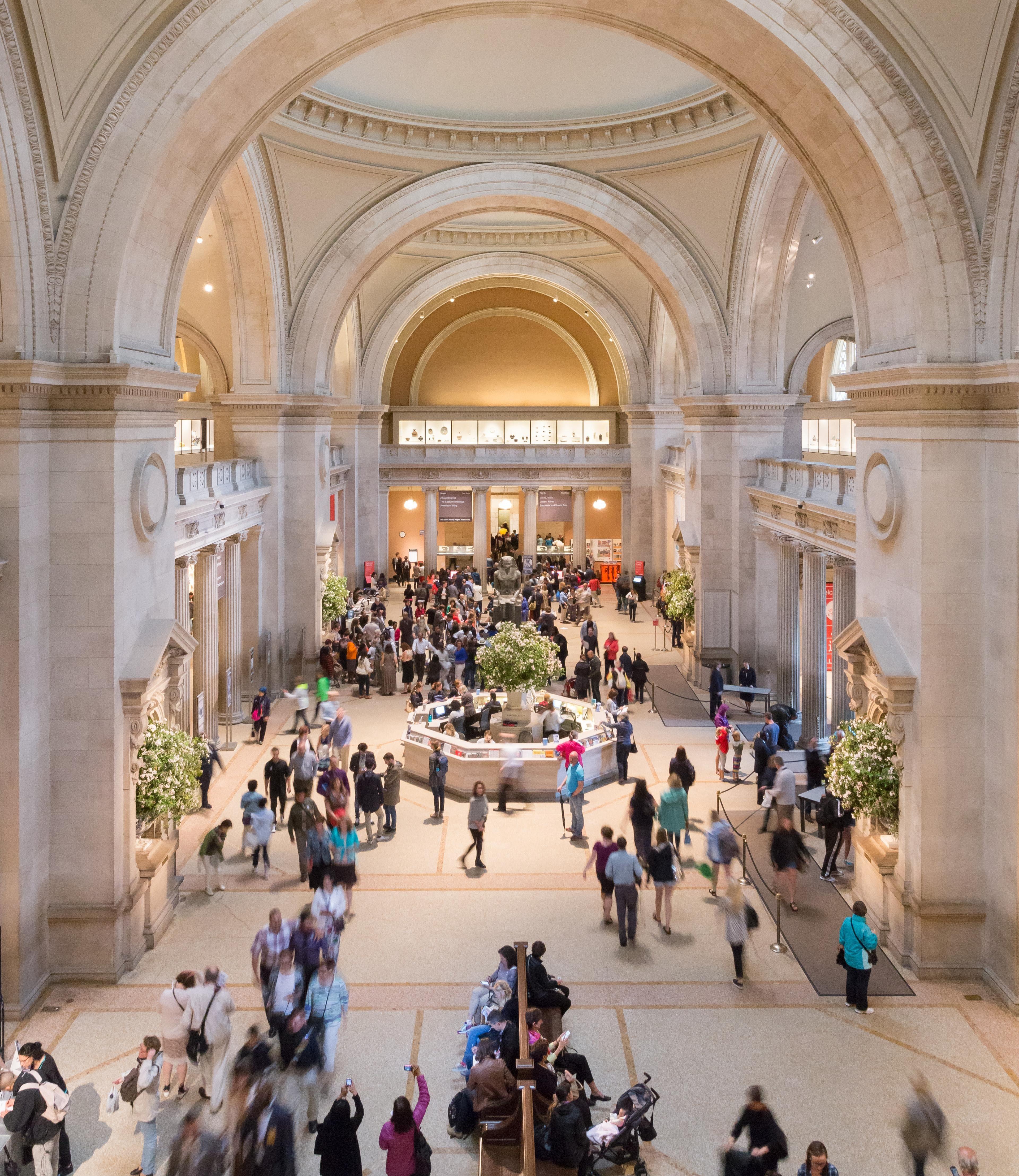 was incorporated in 1870 and opened in 1872. (An aside: other earlier established US museums include – Charles Willson Peale’s Independence Hall, Philadelphia, 1786; Peabody Essex, Salem, MA, 1799; the Smithsonian, 1846; Boston Museum of Fine Arts, 1870; and the Chicago Art Institute, 1879.)
was incorporated in 1870 and opened in 1872. (An aside: other earlier established US museums include – Charles Willson Peale’s Independence Hall, Philadelphia, 1786; Peabody Essex, Salem, MA, 1799; the Smithsonian, 1846; Boston Museum of Fine Arts, 1870; and the Chicago Art Institute, 1879.)
The Met founders were John Taylor Johnston, railroad executive of the Central Railroad of New Jersey; George Palmer Putnam, book publisher; Eastman Johnson, artist, best known for his scenes of everyday life in America; Frederic Edwin Church, best known as the key landscape painter of the Hudson River School; Howard Potter, industrialist and banker; with various (and apparently unlisted) other founders making contributions. J. Pierpont Morgan played a significant role in moving the fledgling institution forward.
The museum buildings are a conglomeration of styles: High Victorian Gothic with some modern glass structures on the sides and rear. But it is famed architect Richard Morris Hunt’s Fifth Avenue facade that has become the iconic representation of the museum with the Beaux-Arts style. The Met is the largest museum in the Western Hemisphere. It is perennially the third highest attended museum with around 7 million annually, behind number one the Louvre, and number two the British Museum.
The Met collections total over 3 million objects managed by over 100 curators with several hundred thousand objects on public view. The former director Philippe de Montebello noted in his 1983 introduction to the handbook that “several of the departments could and would be major independent museums almost anywhere else.”
Rather than suggest collection highlights, I offer alternative benchmarks. The Met employs over 2,200 people. What follows are some of the Met’s departments: Conservation and Scientific Research, Digital Asset Management, Media Installation, Media Production, Imaging, Advanced Imaging, Libraries, Internal Communications, Market Research, Tourism Marketing, Email Marketing, Social Media, Engineering Management, Carpentry, Electric Shop, Engineering Shop, Horticulture, Machine Shop, Paint Shop, Plexi Shop, Plumbing Shop, Rigging Shop, Roofing Shop, Instruments / Electronic Shop, Locksmith Shop, Counsel, Printing Services, Government Affairs, Information Systems and Technology, Infrastructure and Technical Support, Server and Desktop Administration, Enterprise Applications Management, Constituent Systems, Retail Computer Systems, Research Scholars, Staff Organizations: Forum of Curators, Conservators, and Scientists.
The 2020 Covid-19 pandemic caused the Met to close; this was the first time in a century that the museum had closed for more than three consecutive days.
Throughout their long history museums have been seen either literally or figuratively as schools, civic centers, economic engines, refuges, and town squares, and I’ve referred to them as places for democratic forums. Alfred Barr, the first director of the Museum of Modern Art thought of his museum as a laboratory. All these conceptions emphasize the multi-faceted ways museums serve their communities.
Primarily, art museums are institutions that collect, exhibit, conserve, and educate about culture, values, and history through carefully chosen objects from the many fine art disciplines. Cedarhurst focuses on American national and regional art.
Today, the visitor is at the center of all a museum does for a community. Collecting, exhibiting, and educational programming drive the mission, with all events organized and presented in order to have meaningful conversations with visitors. Art museums today are complex institutions with diverse demands, that nevertheless focus that complexity on serving visitors and satisfying their curiosities about the worlds and pleasures of art.


